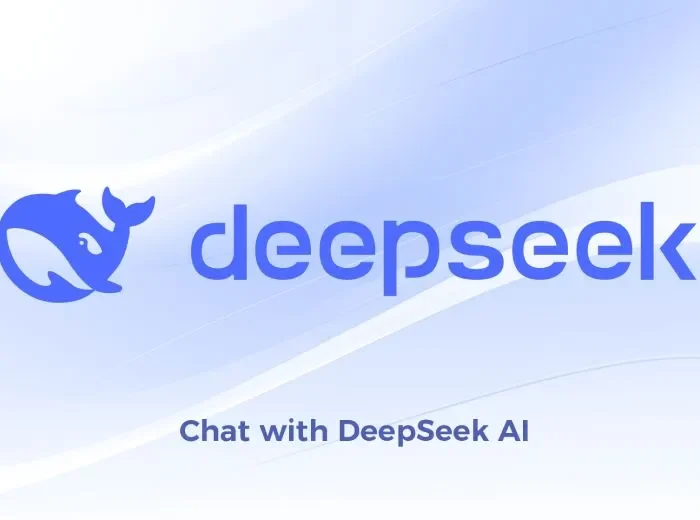As a bioinformatics professional, you understand the challenges of balancing computational efficiency, accuracy, and scalability in software pipelines. Enter DeepSeek, a groundbreaking AI model that’s reshaping how we approach bioinformatics tool development and quality assurance. Let’s explore its transformative potential.

1. Accelerating Pipeline Development with AI-Driven Code Generation
DeepSeek’s Mixture-of-Experts (MoE) architecture activates only 37B of its 671B parameters per task, enabling resource-efficient code generation while maintaining high performance [1]. For bioinformatics pipelines, this translates to:
- Automated Scripting: Generate Python/R/Perl scripts for data preprocessing (e.g., FASTQ alignment, variant calling) with syntax-aware suggestions, reducing development time by up to 40% [5].
- Debugging Automation: Identify errors in pipeline logic or resource bottlenecks (e.g., Slurm/AWS Batch job failures) through AI-powered log analysis [8].
- Multi-Language Support: Seamlessly integrate tools written in Java, C, or Python, leveraging DeepSeek’s cross-language comprehension [3].
Example: Use DeepSeek’s API to auto-generate AWS Batch-compatible scripts for genomic data parallelization, optimizing EC2 instance allocation [5].
2. Enhancing Quality Control Through Reasoning Models
Unlike traditional LLMs, DeepSeek employs chain-of-thought reasoning to validate outputs step-by-step, minimizing “hallucinations” in critical tasks [10]:
- Data Validation: Cross-check sequencing data consistency (e.g., BAM/SAM file integrity) by simulating logical workflows
- Pipeline Auditing: Identify edge cases in variant annotation pipelines (e.g., GRCh38 vs. GRCh37 coordinate mismatches) through structured reasoning [7]
- Statistical Compliance: Verify adherence to QC metrics (e.g., Phred scores, coverage depth) using rule-based layers integrated into its architecture [9]
Case Study: A clinical genomics team reduced false-positive variant calls by 30% using DeepSeek-R1 to audit GATK Best Practices workflows [10].
3. Optimizing Resource Efficiency for Large-Scale Workflows
DeepSeek’s FP8 mixed-precision training and DualPipe parallelization cut computational costs by 95% compared to GPT-4 [4]. For AWS-centric environments:
- Cost-Effective Scaling: Deploy DeepSeek-V3 on EC2 instances (e.g., GPU-optimized instances) with Tensor Parallelism for distributed inference [5]
- Memory Optimization: Utilize MLA (Multi-head Latent Attention) to process 128K-token contexts—ideal for analyzing lengthy genomic reports [8]
- Edge Deployment: Run distilled models (e.g., DeepSeek-Lite) on portable devices for field research [10]